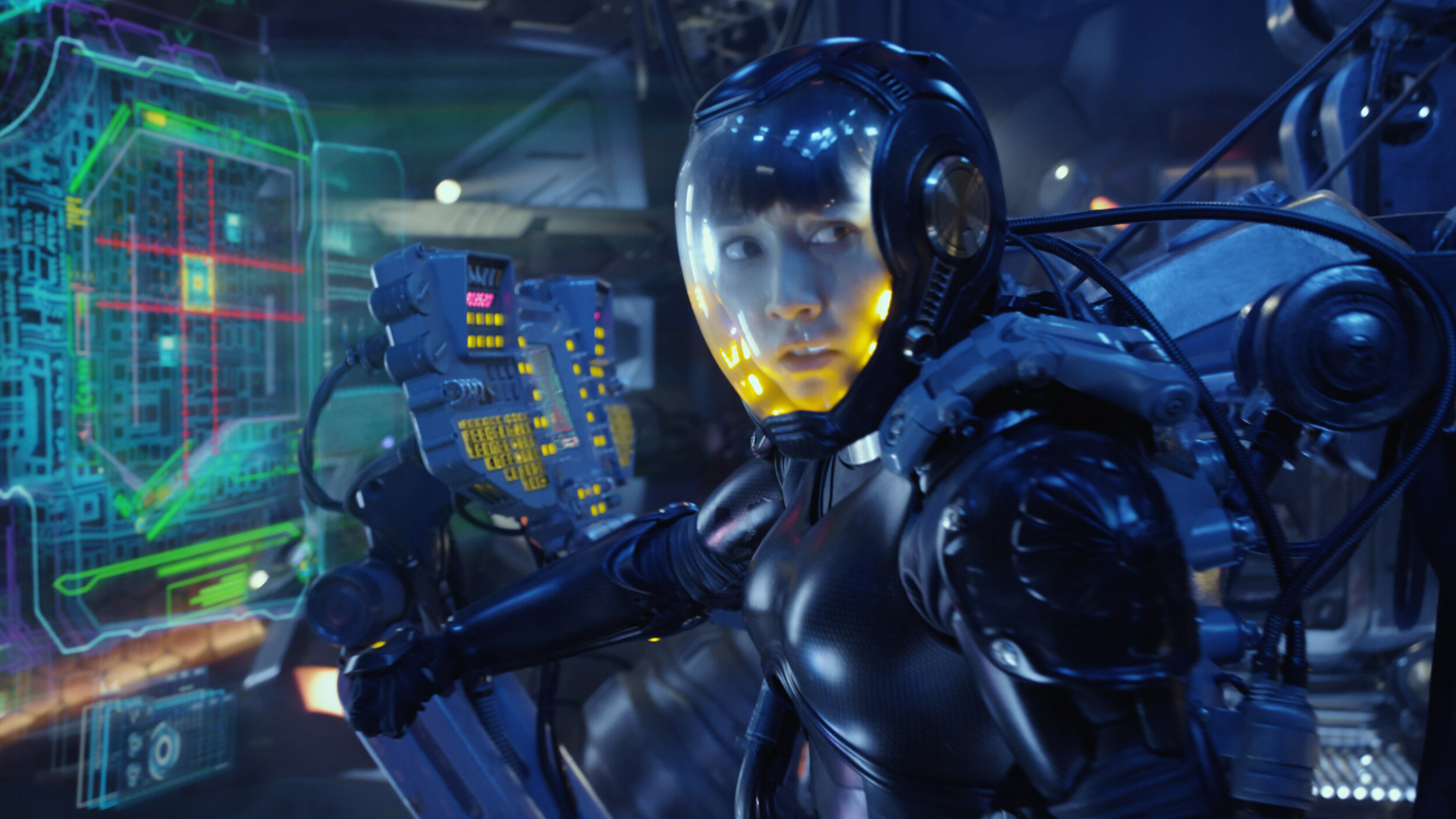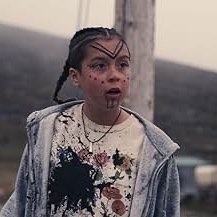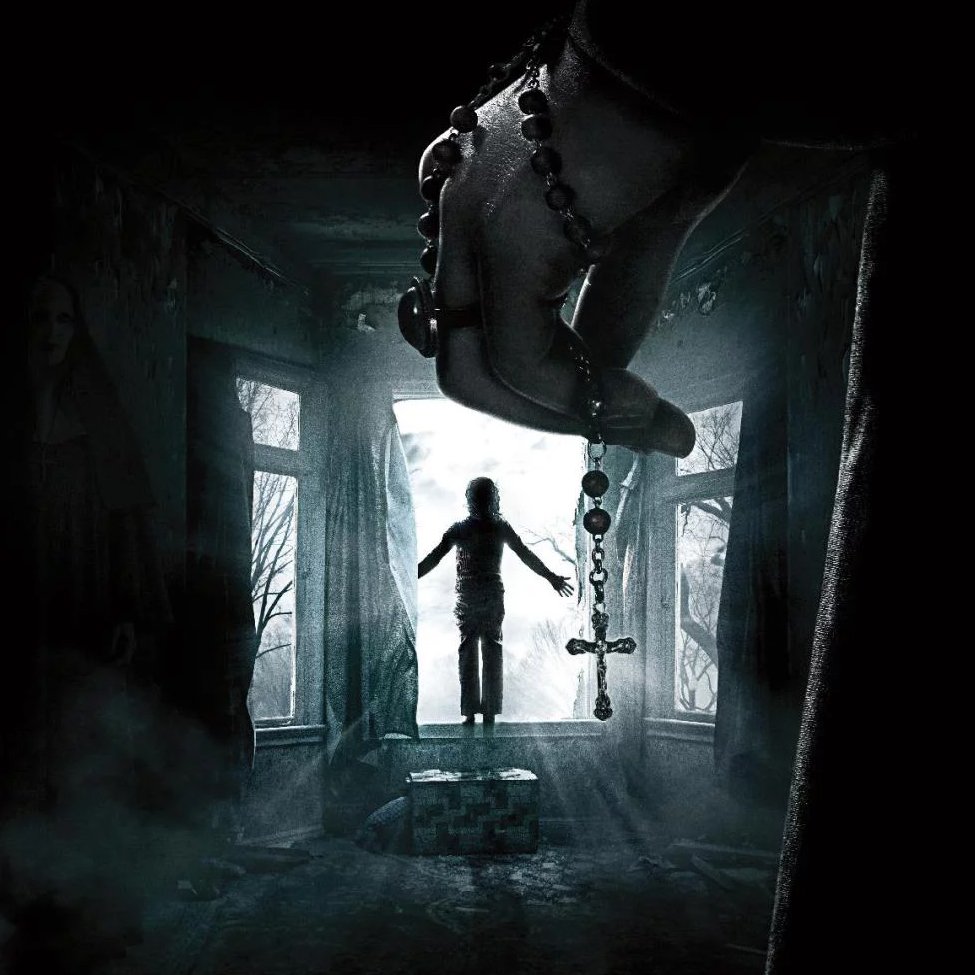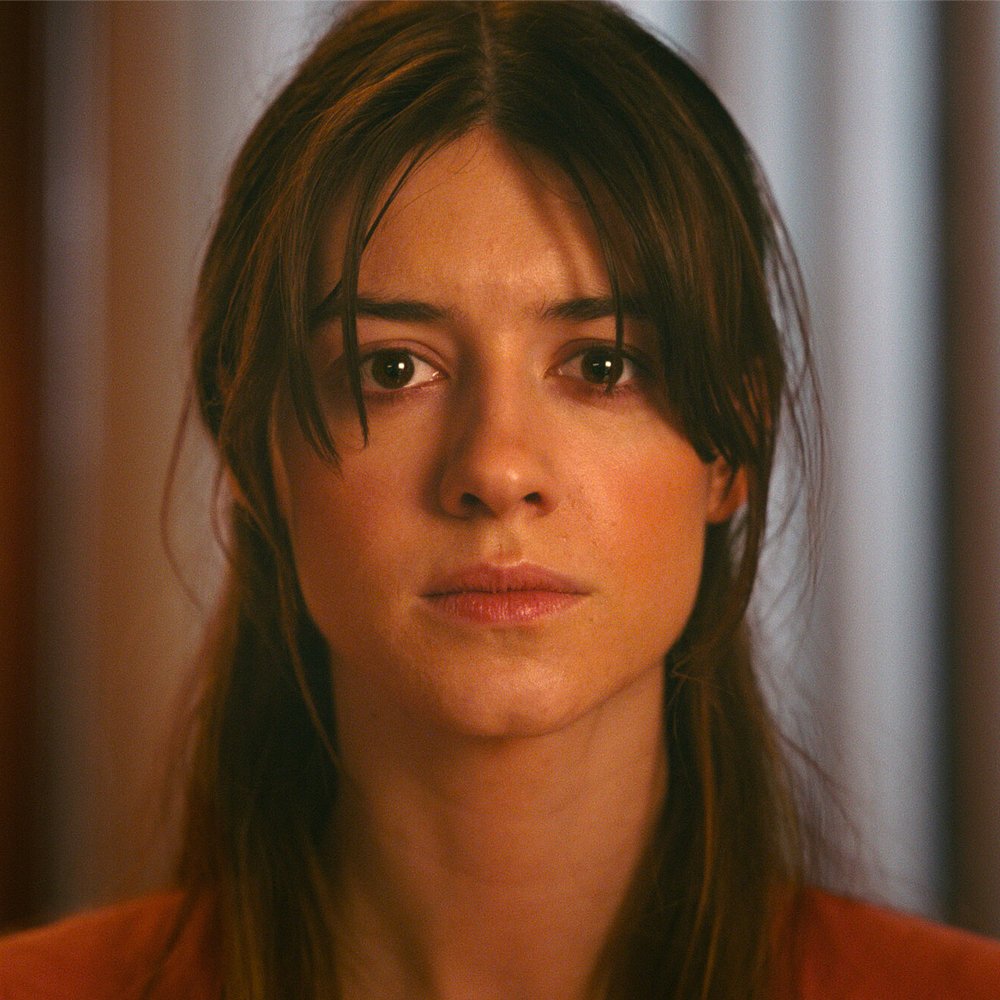Monsters of Our Own: A Guillermo Del Toro Retrospective
“We will try really hard to be angels, but I think that a balanced, sane life is to accept the monstrosity in ourselves and others as part of what being human is. Imperfection, the acceptance of imperfection, leads to tolerance and liberates us from social models that I find horrible and oppressive.”
Behind this door a dark entity
Guillermo Del Toro’s cinema is, first and foremost, a cinema of basic fears and desires, reaching back to our primal need for traditional storytelling: bedtime stories, fairytales, and genre pictures. Whereas most of the household auteur names of the last decade have dedicated themselves to pushing the boundaries of filmmaking by transcending genre and traditional film form, Del Toro opted to do so through the subversion of certain conventions. As a director of commercial films, he has often found resistance from studios and producers to explore his talents more thoroughly; yet, every single one of his films has a distinct touch that makes his body of work, however flawed or incomplete it may seem, delightfully entertaining. This jolt of unique, personal touches behind superhero franchise movies, creature features and kaiju bonanzas is arguably the essence of Guillermo Del Toro’s undeniable charm.
Charm, however, is not the first word that comes to mind when one thinks of films like Pan’s Labyrinth, The Devil’s Backbone or Mimic. Even underneath the feel-good surface of his most successful Hollywood movies, there’s a darker side constantly creeping through the breaches of their deceitful appearances. This ambivalence of light and darkness, benevolence and horror, art and entertainment is unsurprising when set within the concept of cinema as a reflection of life, let alone the troubled life of Del Toro himself, yet inevitably surprising when set against the unashamedly escapist, money-making system that surrounds his works. Del Toro refrains from the clear-cut opposition of gods and monsters, embracing instead horror, death and fright as essential components of our life.
Born in Mexico, “so far from God, but so close to the United States,” as oft quoted by the director himself, Guillermo Del Toro lived a childhood that has been uncannily transferred into his works. It is often said that artists should create things based on what they know and live (as strong a defense for auteur filmmaking as there was ever was one), and Del Toro perfectly embodies this lesson: the sincere violence of his films mirrors the never-ending violence he would witness in the streets of Guadalajara, and later in newspapers and magazines (the famous bottle scene in Pan’s Labyrinth comes from a street fight he participated in himself). Likewise, Del Toro’s complicated relationship with Catholicism comes from his own upbringing under the strict beliefs of his grandmother. Del Toro, like the children of his movies, recurrently confronted the apparition of monsters in familiar environments; he lived a life that stood between the darkness of horror fiction and that of his own experiences, witnessing unspeakable real-life events while at the same time devouring the films of Dario Argento and Hitchcock, the books of H.P. Lovecraft, and the occasional MAD magazine or Famous Monsters of Filmland.
Del Toro, like most fanboys gone directors, started very young in the craft; at the age of eight he had already started experimenting with the Super 8 camera he got from his father and by 19 he had already completed nine short films. In his early twenties he co-founded the Guadalajara Film Festival, though more significantly he was writing and directing episodes of the cult series La Hora Marcada, a critical and commercial success in Mexico that involved no less than Alfonso Cuarón, Emmanuel Lubezki, and Guillermo Navarro, who would become Del Toro’s go-to cinematographer. His prolific involvement with the arts, which ranged from short films using Planet of the Apes toys and “serial killer” potatoes to working under the supervision of legendary special effects artist Dick Smith, ensured a broad understanding of all the technical aspects of filmmaking, leading up to his successful and oddly appealing feature debut, Cronos, released in 1993.
What is a ghost?
Some feature films are about getting acquainted with the film form and searching inner desires as well as themes to be addressed in subsequent works; others, like Cronos, are successes in full form - results of years of experience with film production that bravely try to open new grounds and keep us excited for what’s next. In basic terms, it’s well-shot, well-acted, well-lit and well-written, but that would be scraping the surface: the film, like the early features of all the Cha Cha Cha muchachos, combines limited budgetary possibilities with unquestioned passion about its story and its characters. That the tale of an old man who finds a mechanical bug-like device that makes you immortal takes place out in the open city rather than in a cabin in the woods or in a 15th-century castle only reflects Del Toro’s approach to horror as something living not very far away from our reality. Moreover, the literal bite of the story gave viewers at Cannes and elsewhere something that served both as a homage to golden ages of horror filmmaking and a fresh spin pointing forward: for an antique dealer who’s also a grandfather and a man with yet some social life, such a curse is not only extremely complicated to handle, but also hilarious due to how it makes impossible the old man’s reconnection with the previous status quo; in one instance, the old man (played by long-time collaborator Federico Luppi) deliberates over whether or not he should lick the blood a party guest dropped on the floor.
Still, the film can also be creepy, and his granddaughter, who lives with him and thus becomes entangled in his situation, largely brings this out. In typical Del Toro fashion, however, she is not terrified of him, nor does she refuse to help him overcome his problems. Del Toro’s monsters, as gruesome and horrifying as they might be, are always creatures worthy of our understanding (or at least of our attention), and the atrocities they commit are often equal to or less than those committed by humans. Even the villains in Blade II and the Hellboy franchise have purposes behind their monstrosity, and while the ones in Pacific Rim and Mimic may be clear-cut evil characters, they’re simply struggling to adapt and survive. In Cronos, the villain is not be the deformed grandfather, but rather a senseless, selfish businessman whose life has been dedicated to find the immortality inducing device.
Cronos was a critical and commercial hit; winning nine Ariel Awards (the Mexican Oscars) and later finding a place at the Criterion Collection, it paved the way for Del Toro to exercise his filmmaking chops. It is no surprise then that a foreign filmmaker who strongly identified with the horror genre, a huge money-maker for commercial studios, would be given a strong budget for a Hollywood production. The contrast between his American and his Mexican/Spanish productions is quite visible. And it’s interesting to think of his work in chronological terms, as Del Toro comes closer and closer to Hollywood.
The Spider or The Fly?
Thus was born Mimic, starring Mira Sorvino, Jeremy Northam and Josh Brolin in the story of genetically modified bugs, which, after being used as biological pest control, turn against their creators. In spite of an interesting premise and a lead actress fresh off an Oscar win (Sorvino), the film would suffer heavy pressure and artistic control from Del Toro’s producers and be recut by the studio prior to the film’s release. The result, which went through slight improvements after the release of a “director’s cut” in 2011, is a film of gorgeous visuals and elaborate horror sequences that nevertheless fails to fully impress due to an uneven pace, cartoonish characters and heavy exposition.
While the film’s best moments do not compensate for its worst, Mimic is strong evidence of a director who was comfortable enough with Hollywood conventions and able to produce a steady body of work in the United States. That is not to say, however, that Del Toro’s not to blame for some of the flaws in his films: from Mimic to Pacific Rim, he has often sacrificed the effectiveness of his art himself, overselling his enthusiasm for his artistic references and source material and glossing over solid stories for the sake of visual design. As a result, his Hollywood films have a better but not very different narrative style from that of Mimic in their busy plots and over-the-top characters, ranging from sappily melodramatic to cartoonish comic. These films are just as busy in their cinematography and editing, featuring flashy camera movements and scene transitions and low average shot lengths – a strange choice for such a visual-friendly director. As a result, plot development and mise-en-scène often trump each other, and the end product can be summarized as an intriguing, beautiful mess, always entertaining but never quite transcendental.
In Guillermo Del Toro’s Spanish and Mexican productions, on the other hand, everything seems to fall into place: the melodrama joins the angry liberalism of his political beliefs, the fairy-tale aspirations of his works absorb the horrors of war and censorship, and the extensive use of child actors mirrors his endless curiosity for the world of fantasy. This is thoroughly visible in the gap in quality from The Devil’s Backbone and Pan’s Labyrinth to rest of his filmography. The pain and the violence in his American productions are just as frequent – Hellboy’s human sidekicks never have it easy, and Mimic’s violent deaths can be quite surprising – but in these two films, it is more real, more palpable, harder to watch. In both of these stories, childhood is a very haunting experience, and when Del Toro makes us side with characters like Devil’s Carlos, a new student at a strict Catholic school struggling to survive in the middle of the Spanish Civil War, and Pan’s Ophelia, the daughter of a widow bound to marry a fascist officer. These are truly humanistic and three-dimensional characters that allow us to dive into his fantasy worlds more easily and understand not only the power of his images, but the effect that images just like these had on him during his own childhood years. The Devil’s Backbone and Pan’s Labyrinth are straightforward children’s tales, set in a single place, driven by a single quest – that of fighting back fascism and ruthless authority figures – but the twists pack a bigger punch.
Del Toro has continued with pictures made both in Hollywood and Spain (he hasn’t returned to Mexico after his father’s kidnapping in 1998); and while his Spanish-language films have fared better in terms of critical acclaim, he refuses to treat his American productions as less personal works. All of Del Toro’s films, even the downright failures, are remarkable in their own way: The Devil’s Backbone and Pan’s Labyrinth, each a respective tour de force about the destructive impact of fascism and war in Spain, thoroughly subvert the conventions of children stories in order to create darker, more poignant takes on the injustice cast unto them; Cronos – where vampirism is induced by a mythological bug that lives inside a sealed metallic device – and Blade II – which is as brainless as it is campy–, are both seemingly conventional vampire movies with strong social undertones, though the former is much more satisfying than the latter; Mimic, Hellboy and Hellboy II: The Golden Army are monster movies with a heart, the last two also being the birthplace of an astounding collection of uniquely beautiful creatures rarely found in the days of CGI. Regardless of the quality of his films, Del Toro stands out as a progressive, innovative filmmaker. Moreover, the side of his work reflected in his American productions is what makes every single one of his works (with the exception of Blade II, perhaps), marvelously entertaining. When the complications of his work are taken as imperfections in the work of a genre geek seeking nothing other than making his dreams come true, one can see what makes them such singular events in commercial filmmaking.
A tragedy condemned to repeat itself time and again
More than most other low-brow filmmakers, Del Toro manipulates and subverts certain trends in Hollywood filmmaking and inserts them in his own work. This is especially evident in his playing with genre conventions: in The Devil’s Backbone, the monster’s revenge plays like an agent of fate cast against the fascist Jacinto; in Pan’s Labyrinth, there is no happy ending, only glimpses of limited hope that Ophelia, Mercedes and the rebels have freed themselves from bigger horrors.
Another deliberate subversion of industry tropes comes with his embrace of simple color palettes. Since the advent of digital color correction in the early 2000s, blockbusters have taken color schemes for granted, and everything became orange and teal; Del Toro, instead of simply applying this easy pattern, used it to create thematic contrasts throughout his mid-noughties films, most notably Pan’s Labyrinth, where the atrocious reality of Ophelia’s life is depicted in blue monochrome scenes, while the deceitfully attractive wealth of Captain Vidal’s image bathes in shades of gold, orange and yellow (this extreme choice also serves as a homage to Italian horror masters of the giallo movement such as Dario Argento and Mario Bava, whose works Del Toro is very passionate about). The trend has now shifted to reds and greens, as seen in everything from Dawn of the Planet of the Apes to the latest Mission Impossible installment; expect Del Toro’s Crimson Peak to do something entirely new with this.
Del Toro is now in his early fifties, so it's reasonable to believe that there’s more to come from this director, arguably one of the oddest figures operating in the framework of 21st century filmmaking. Crimson Peak might be the first of many genre experiments, which will help him delve deeper into more personal works – his pending projects include an adaptation of H.P. Lovecraft’s At the Mountains of Madness, a “Miltonian tragedy” version of Frankenstein (his favorite of all monsters), a stop-motion version of Pinocchio and his own entry in the DC Extended Universe. There’s also talk of extensive work in television, in addition to the ongoing adaptation of his novel The Strain, and in the videogame business, since he has recently set to collaborate with Metal Gear’s Hideo Kojima on a new project. One can only hope that his future projects will retain what is so rewarding about his films: the constant critique of pre-existing frameworks and establishments, and the will to face the monsters of our lives for what they are.
Feature image: On the set of Pan’s Labyrinth (2006) (image: Esperanto Films).































